Naxalism - The Biggest Security Threat to India
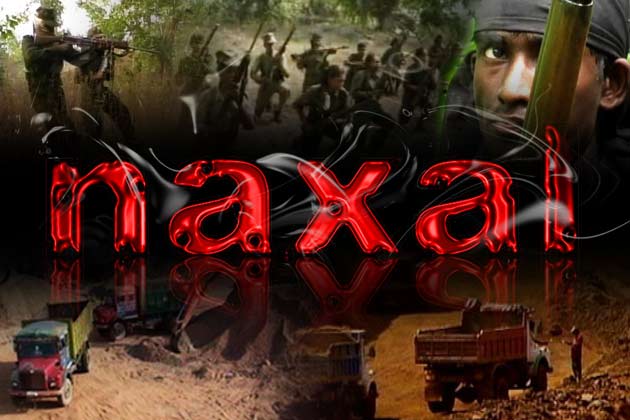
India, having one of the fastest growing economies in the world, and being the most populous democratic country, has great potential to become a future superpower. However, in this increasingly globalised environment, India faces several threats to its security. The Naxalites has been identified as the biggest internal security threat to India by Prime Minister Manmohan Singh. The complex and structural causes of the problem support this proposition. The Naxal movement also presents the greatest overall threat to India in the future, as it highlights various underlying weaknesses of India’s governance, political institutions and socio-economic structure. Naxalism is the biggest threat because it affects several areas including the economy, security and foreign affairs, its citizens and rule of law. Because of the multi-dimensional aspect of the Naxal problem, a three-pronged approach should be taken in dealing with the threat. It calls for a balance between military forces, social and economic development, as well as dialogue between all parties.
Background
The terms Naxalites or Maoists are used to refer to militant far-left radical Communist groups operating in India. Inspired by the doctrines of Mao Zedong, Naxalites work to overthrow the government and upper classes by violence. The Indian Ministry of Home Affairs (MHA) describes the objectives of Naxalites as destroying “state legitimacy…with the ultimate object of attaining political power by violent means”. They are considered as a terrorist organisation under the Unlawful Activities (Prevention) Act of India (1967). The movement started in West Bengal in the early seventies but has since spread to the rural areas in central and eastern India. The MHA notes that Naxalites attach themselves to civil society and front organisations on issues such as displacement, land reforms and acquisition where they can increase their mass support.
Naxalites have been attacking police establishments and infrastructures such as public transportation, causing insecurity and instability to the area. From the period 2006-2010 alone, there were nearly 9,000 incidents with Naxalites with over 3,000 civilians killed. The Naxalites are active in approximately 40 percent of India’s geographical area. They control large portions of remote and densely forested areas and are concentrated in an area called “Red Corridor”. This area is also the tribal belt where the tension between economic development and aboriginal land rights is most apparent.
The India Home Minister P Chidambaram has declared that the security forces need to be more assertive against the Maoists. However, this is only one part of the solution. An examination of the reasons behind the Naxalite movement indicate that military force on its own will not be enough to counter India’s biggest security threat.
Causes of the Threat
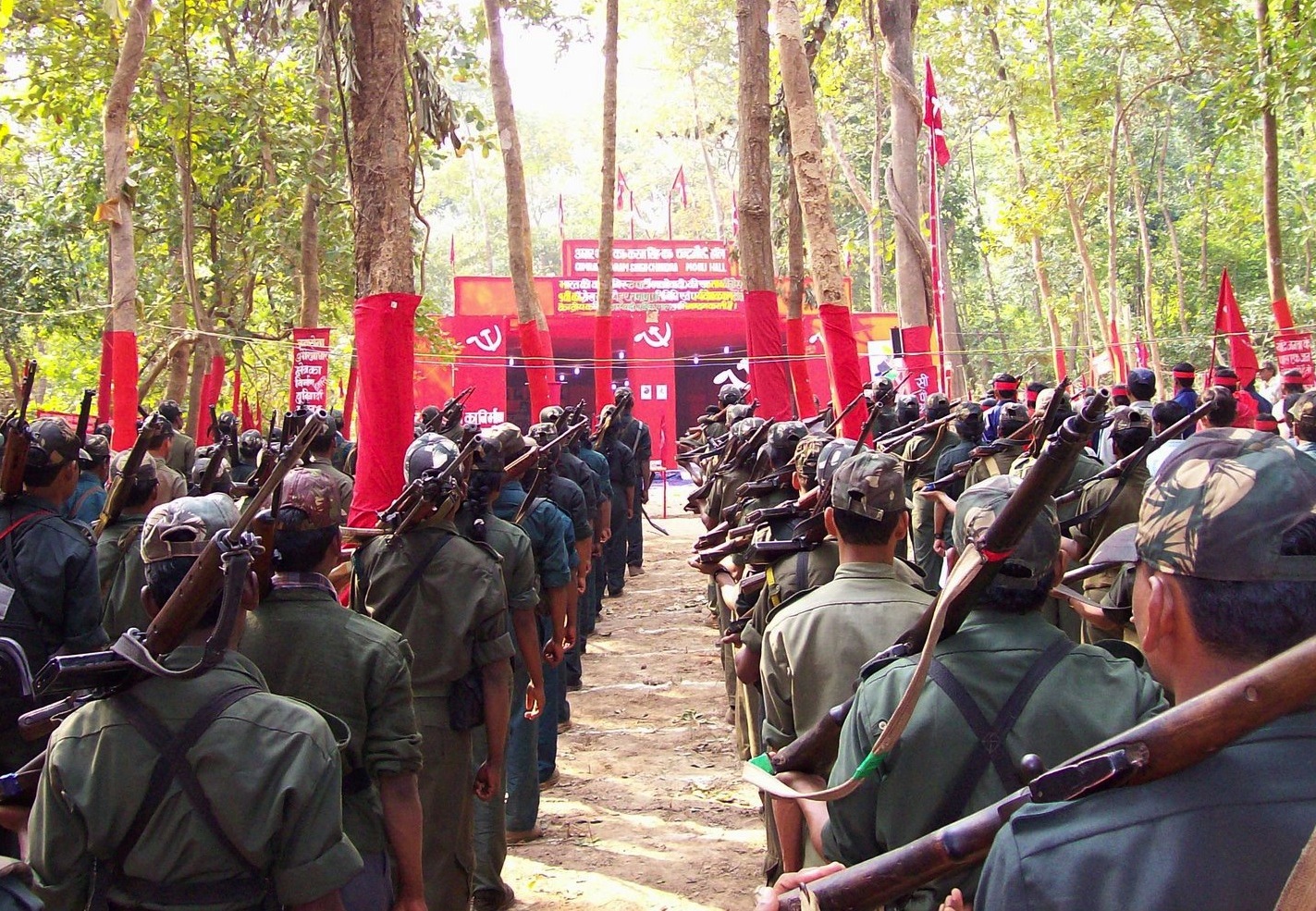
The causes of the Maoist movement in India are structural. Economic, political and cultural dimensions are closely linked. The first is the economic situation which is exploited by Naxalites and their extreme left ideology. It seems much like a catch-22 situation. On the one hand, India has experienced relatively fast economic growth, which has led to increased levels of national wealth. To facilitate and continue this development, businesses need more land and natural resources such as minerals. On the other hand, this economic growth has been uneven among regions, and has widened the disparity between the rich and the poor. Proponents of these businesses argue that these regions need economic development, if they are to catch up with their richer counterparts.
The Indian aboriginals, known as adivasis, live these richly forested lands, which are wanted for development by businesses. The conflict between economic progress and aboriginal land rights continues to fuel the Naxalite’s activities. Their strongest bases are in the poorest areas of India. They are concentrated on the tribal belt such as West Bengal, Orissa, and Andhra Pradesh where locals experience forced acquisition of their land for developmental projects. Arundhati Roy, a Naxalite sympathiser said that the tribal forestlands should be called a “MoUist Corridor” instead of the “Maoist Corridor” as the people of these tribal forest ands have been wrestling with “Memorandum of Understanding (MoUs) of the mining companies. Prashant Bhushan, a civil rights lawyer noted that businesses are making adivasis go through “sham formal consultation” processes where interests of the adivasis are not sincerely considered.
Second, the alienation that is being exploited by the Maoists has a social, communal and regional dimension. The battle can also be described between India’s most neglected people and the nation’s most powerful industrial businesses. The adivasis make up about 8.4 percent of the population and live in severe poverty. They live in remote areas where government administration is weak and there is a lack of government services. These indigenous people have the lowest literacy rates in the country and highest rates of infant mortality.
Given this socio-economic alienation, it is easy to see how the Naxalite’s ideology is popular among the rural poor and indigenous tribes, and why the adivasis view the guerrillas as their “saviours”. The adivasis do not feel like they have any political power to voice their grievances legitimately, and therefore the alternative of subversive, illegal groups seem attractive.
Some argue that Naxalites are not concerned about the social or economic welfare of these people and are simply using them as a means to its end goal of seizing political power. The spread of Naxalism reflects the widespread alienation and discontentment felt by large parts of the country who are systematically marginalised. Dr. Subramanian, a former Director-General of the National Security Guard and Central Reserve Police Force notes that Naxalism exists in these tribal areas because of the dissatisfaction of the people against the government and big businesses, the terrain is suitable for guerrilla tactics, and there is no existence of a proper and effective local administration mechanism. In these areas, the conditions are conducive to warfare and extremist ideologies. Even if Naxalites are simply exploiting the adivasis’ situation for their own ends, their popularity indicates the power of the root causes to create such an environment for insecurity and violence.
Naxalite movement as the biggest threat
The Naxalite threat is the biggest security problem for India’s future as its effects are multi-layered. The Maoist movement highlights India’s interior weaknesses, which makes India also vulnerable to external threats. As part of globalisation, threats such as the Naxalite movement can no longer be viewed as simply internal as it also affects external security.
The security dangers are aptly described by a former Pakistani Director-General of the Inter-Services Intelligence and his description of India’s foreign affairs. The Director-General equated India being busy with internal security problems to having two extra Divisions in the Pakistan Army for free. A nation cannot effectively withstand threats coming from outside its country if there is instability inside it. Furthermore, globalisation has encouraged the emergence of non-state terrorist actors as well as international interference in each other’s affairs. India has been one of the victims of international and state sponsored terrorism fuelled by fundamentalist ideologies. The Pakistani support for terrorist acts within India and the Jammu and Kashmir proxy war is an example of when it is critical that national security forces focus solely on eliminating external threats.
India’s regional neighbours are also external threats. For example, in 2004, the MHA was wary of the “symbiotic relationship” between the Communist Party of Nepal and Naxal groups in India. This means having military deployed along the border. In the past, India has also been involved in territorial disputes with China such as over Aksai Chin.
Another reason why the Naxalites are the biggest threat to security is because of the way the issue affects India’s economic development. This is apparent in several ways. For example, the more the Maoists concentrate on the poor and marginalised regions of India, the more economic development (which is imperative to improving those regions’ conditions) will be hampered. Furthermore, the Naxalite rebels are no longer just focussing on remote jungles but on urban centres. Maoist leader Kishenji even declared that the group aims to establish an armed movement in Calcutta by 2011. Internal order and stability are necessary for a nation’s economic development. For India to continue being able to withstand outside security threats, it must build up its infrastructure, its defence and its people. In terms of lifting its citizens out of poverty, India has a long way to go, and continued economic growth is integral to India’s development as a strong global player. The Naxalite activities are using up scarce resources on defence and internal security when it should be spent on areas such as social development. For example in 2006, 22% of the total government expenditure is on the military, compared with a mere 1.84% of the Gross Domestic Product (GDP) spent on the social sector.
The Naxalite movement is also the biggest threat to India, in terms of the effects on its citizens and what it means for democracy and rule of law. Not only has there been a great loss of life since the conflict between the guerrillas and the military, but addressing the problem through violence risks polarising people further and driving them to subservience. The guerrilla warfare is a threat not only to citizens’ lives but their properties. Too impatient and desperate to wait for government intervention, civilians such as landlords are taking matters into their own hands. As writer Navlakha noted, by portraying the Maoists as a ‘menace’ and separating the movement from socio-economic causes, it “allows the rich and poor divide to impose itself on a formal democratic structure”. Navlakha gives the example in Bihar where Naxalite groups are band under the Prevention of Terrorist Activities Act, yet a majority of the massacre were committed by landlord armies which were not considered an act of terror under the law. Such treatment for the upper class only serves to threaten the rule of law, state legitimacy and democracy as the political norm.
Solutions
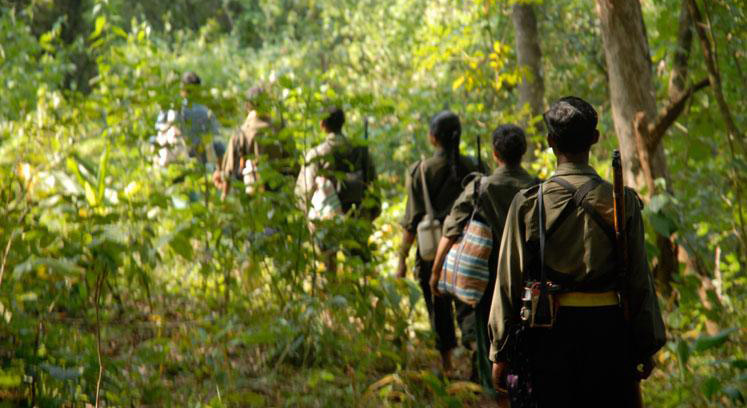
The complexity of the causes of the Naxalite problem as well as its implications both for internal and external security reflect a solution that is multi-dimensional and calls for a synergy between the central governments and the states. In order to comprehensively dissolve the Naxalite threat, the government has to address its root causes. Socio-economic alienation and the dissatisfaction with the widening economic and political inequality will not be solved by military force alone, which seems to be the main instrument employed by the government. The problem calls for a three-pronged solution: social and economic development, multi-lateral dialogue and military force.
Socio-economic development
As the Naxalites are fuelled by discontent from the marginalised and the poor, a larger percentage of the national budget must be allocated to addressing the needs of these regions. More of the national expenditure needs to be focused on developing these poorer regions through initiatives regarding health, education, social welfare and rural and urban development. Government service delivery should be improved in these tribal areas. Both state and government must ensure that things such as statutory minimum wages, access to land and water sources initiatives are implemented. In coming up with strategies for national economic growth, the government must always bear in mind the possible effects of fast growth for all socio-economic groups in a country as large and diverse as India. If the social needs of these marginalised people are addressed, there will be no discontent to fuel the Naxalite’s movements.
Dialogue
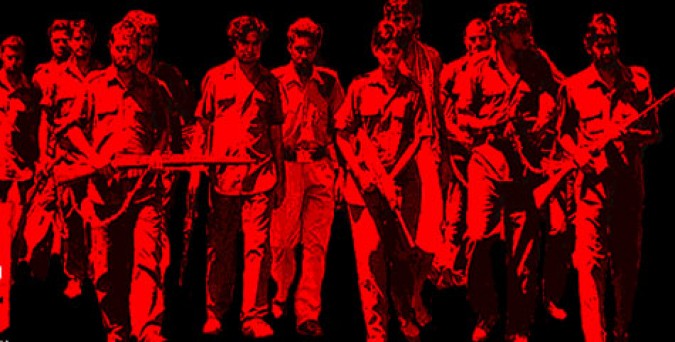
Second, the government should initiate sincere dialogue with these marginalised groups, the Naxalites and state leaders. The popularity of Naxalites with the adivasis is a reflection of the fact that the government has been unaware or “unapologetically indifferent to their plight”. By communicating and starting a dialogue between these stakeholders, these groups will feel that they being listened to.
By opening dialogue, the government can give opportunity for the rebels to join the mainstream by showing them that solutions can be created together with the government, by being part of the political system in a legitimate way. They no longer need to resort to violence to get the state’s attention. For example, the former director-general of AP concluded that as a result of the ceasefire and dialogue with Maoists in 2004, the violence in the state decreased by 80-90 percent in the region. As David Pilling noted, the challenge for India’s leaders will be to allow the necessary development in these poverty-stricken areas while acknowledging the rights of a neglected indigenous group.
Military
Currently, the main instrument employed by the government to address the Naxalite threat is the increasing use of the military. While some military force is still needed to combat against the Maoist guerrillas, it should not be the only solution. By only addressing the issue by brute force, government risks alienating civilians who are caught in the middle. Coercion of the state will only encourage people to rally against it.
Governance
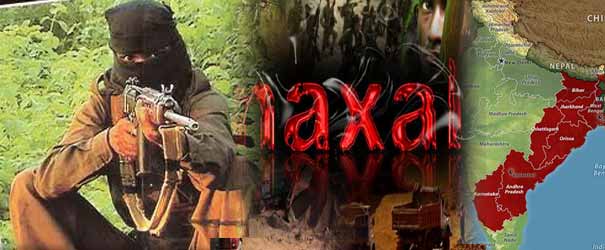
The growing Naxalite insurgency also reflects a flaw in the federal structure. Because law and order is seen as a state responsibility, the central government is unable to be implement a coherent national strategy to address the threat. Ganguly notes that “in the absence of a near complete breakdown of public order or without the express request of the afflicted state, the central government cannot…[intervene].” The government has the overall responsibility of mobilising development, but it cannot do so without the support of the states. The central government and the states need to cooperate together to solve the internal security threats and coordinate the implementation of this multi-dimensional approach. Both organisations must complement and support each other’s initiatives and strategies.
Conclusion
To conclude, the Naxalite problem reflects underlying issues in the Indian social, economic and political institutions which threaten to expose India to even more danger from outside forces. While the Naxalite movement is mainly an internal threat, with globalisation, external and internal security threats are inextricably linked. The complex and multi-faceted approach to solving the Naxalite issue also reflects the fact that this is the biggest menace to India’s security in the future.
You May Be Interested IN